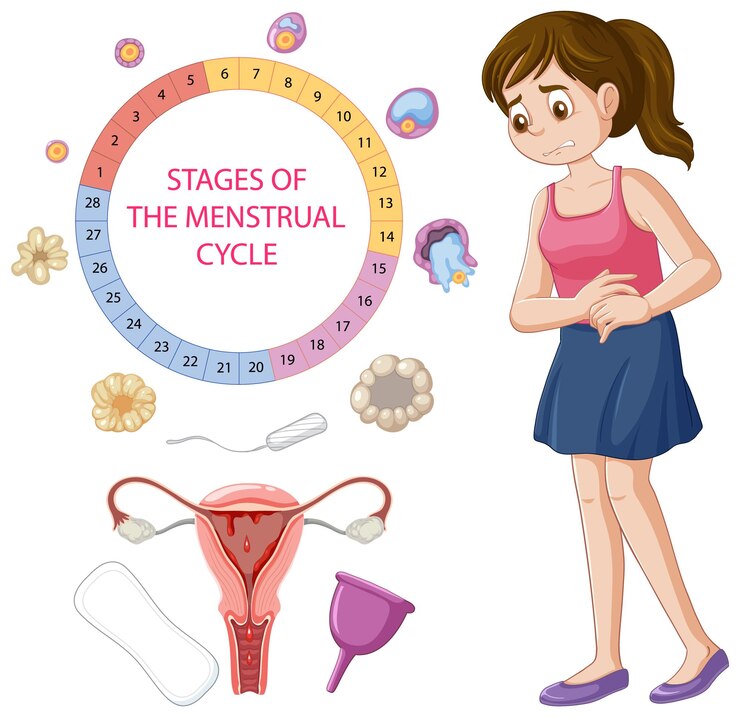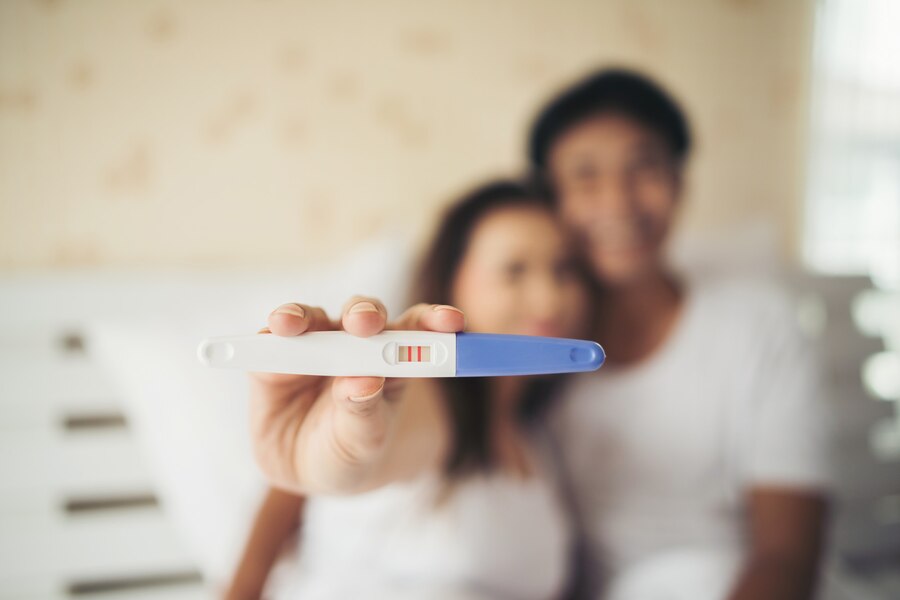Key Considerations When Trying To Get Pregnant: Increasing Your Chance Of Conceiving
Bringing a child into the world is a profound and life-changing decision for any couple. However, for many, the journey to conception can be more complicated than expected. Whether you’re just starting to think about starting a family or you’ve been trying for a while, there are several important factors to consider when trying to get pregnant.
Here, we explore some of the key considerations to help navigate this exciting yet sometimes challenging path to parenthood.
Contents
Preconception Health:
Before actively trying to conceive, both partners must prioritize their health. This includes maintaining a balanced diet, regular exercise, and avoiding harmful substances like alcohol, tobacco, and recreational drugs. Women must also begin to take prenatal vitamins, which consist of folic acid, and reduce the possibility of birth defects.
Understanding The Menstrual Cycle:

Knowledge of the menstrual cycle is essential for optimizing the chances of conception. Women typically ovulate around the middle of their cycle, roughly two weeks before their next period. Tracking ovulation through methods such as calendar tracking, ovulation predictor kits, or basal body temperature charting can help pinpoint the most fertile days.
Timing Intercourse:
While it’s important to have regular intercourse throughout the menstrual cycle, focusing efforts around the woman’s fertile window can significantly increase the likelihood of conception. This typically spans a few days leading up to and including ovulation. Couples should aim to have intercourse during this time to maximize their chances of conception.
Healthy Lifestyle Choices:
Both partners’ lifestyles can impact fertility. Maintaining a healthy weight is important, as being underweight or overweight can affect hormone levels and disrupt ovulation. Additionally, managing stress levels and getting enough sleep are crucial, as stress and sleep disturbances can negatively impact fertility.
Medical History And Genetic Factors:

Both partners need to disclose any relevant medical history to their healthcare provider. Certain medical conditions, such as polycystic ovary syndrome (PCOS) or endometriosis, can affect fertility and may require medical intervention. Genetic factors should also be considered, especially if there’s a family history of genetic disorders.
Age And Fertility:
Age plays a significant role in fertility, particularly for women. Fertility starts to decline gradually in the late 20s and more significantly after age 35. While men can father children at an older age, advanced paternal age has been linked to an increased risk of certain genetic conditions. Understanding the impact of age on fertility can help couples make informed decisions about when to start trying to conceive.
Seeking Medical Assistance:
If conception doesn’t occur after several months of trying, couples should consider seeking guidance from a healthcare provider specializing in reproductive health. Fertility testing can help identify any underlying issues, and treatments such as fertility medications, intrauterine insemination (IUI), or in vitro fertilization (IVF) may be recommended depending on the diagnosis.
Emotional Support:
Trying to conceive can be emotionally taxing, especially if conception doesn’t happen as quickly as expected. Couples need to communicate openly with each other and seek support from friends, family, or support groups if needed. Counseling or therapy can also be beneficial in coping with the stress and uncertainty that often accompany infertility.
Am I Pregnant? What To Expect When Testing

Testing for pregnancy can be a straightforward process, but it’s important to follow the instructions carefully to ensure accurate results.
Wait For The Right Time:
Most home pregnancy tests are designed to detect pregnancy hormones in urine. For the most accurate results, it’s recommended to wait until you’ve missed your period before testing. However, some tests claim to provide results earlier, even before a missed period. Keep in mind that testing too early may result in a false negative.
Choose A Test:
There are various home pregnancy tests available over the counter at pharmacies and supermarkets. These tests typically come in the form of urine test strips or midstream tests. Both types are reliable when used correctly, so choose the one that you’re most comfortable with. If you need a large number, keep in mind that you can always buy bulk pregnancy tests online from fertility2family.com.au.
Read The Instructions:
Carefully read the instructions provided with the pregnancy test kit. Each brand may have slightly different procedures, so it’s crucial to follow the specific guidelines for the test you’re using. Pay close attention to the recommended timing for testing and how to interpret the results.
Collect Urine Sample:
Most pregnancy tests require a urine sample for testing. You can collect urine in a clean, dry container or directly onto the test strip, depending on the type of test you’re using. Follow the instructions to ensure you collect the appropriate amount of urine needed for testing.
Conduct The Test:

Once you have your urine sample ready, follow the instructions to conduct the test. This typically involves either dipping the test strip into the urine or holding the test midstream under your urine stream for a few seconds. Make sure to handle the test device carefully to avoid contaminating the results.
Wait For Results:
After conducting the test, set a timer according to the instructions provided. Most tests require a few minutes for the results to appear. Avoid checking the results too soon or too late, as this may lead to inaccurate interpretation.
Interpret Results:
Once the specified time has elapsed, check the test for results. Most tests will display the results as either positive (indicating pregnancy) or negative (indicating no pregnancy). Some tests may also include a control line to confirm that the test worked correctly. Follow the guidelines provided to interpret the results accurately.
Repeat If Necessary:
If you receive a negative result but still suspect you might be pregnant or if your period hasn’t arrived, consider retesting after a few days. Sometimes, pregnancy hormone levels may not be detectable in the early stages, so a negative result may be due to testing too early.
Consult A Healthcare Provider:
If you receive a positive result on a home pregnancy test, it’s advisable to schedule an appointment with your healthcare provider for confirmation and further guidance on prenatal care. They may conduct a urine or blood test to confirm the pregnancy and provide essential information to support a healthy pregnancy.
The Bottom Line
By following these steps and carefully adhering to the instructions provided with the pregnancy test kit, you can accurately test for pregnancy in the comfort of your own home.
Embarking on the journey to parenthood is a significant decision that requires careful consideration and preparation. By prioritizing preconception health, understanding fertility factors, and seeking appropriate medical assistance if needed, couples can increase their chances of conceiving and ultimately realize their dreams of starting a family. Remember, each couple’s journey is unique, and it’s important to approach the process with patience, resilience, and support.
If you have any concerns or questions about the testing process or the results obtained, don’t hesitate to consult a healthcare professional for guidance and support.
Read Also:
- Pros and Cons of Liquid Multivitamins in 2021
- 8 Beauty Tips Every Teen Should Know
- Why Deep Tissue Massage is Helpful for Chronic Pains
- Top 10 Best Hair Removal Laser for Women in 2020



